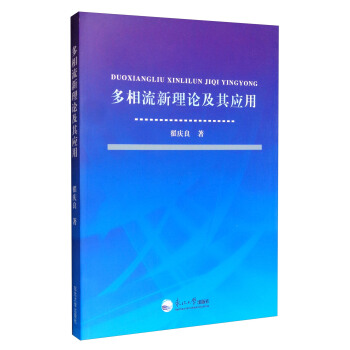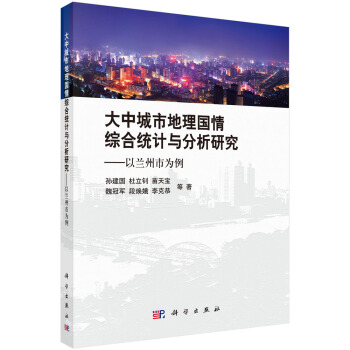![TiO2基光催化在環境汙染治理領域的研究進展(英文版) [Advances of Photocatalysis Science & Engineering for TiO2-Based Photocatalysts:Environmental Pollutants Controlling]](https://pic.tinynews.org/12028078/57dfc8c2N2e8a9271.jpg)
TiO2基光催化在環境汙染治理領域的研究進展(英文版) [Advances of Photocatalysis Science & Engineering for TiO2-Based Photocatalysts:Environmental Pollutants Controlling] pdf epub mobi txt 電子書 下載 2025
- TiO2 photocatalysis
- Environmental pollution control
- Photocatalytic degradation
- Advanced oxidation processes
- Water treatment
- Air purification
- Photocatalysis
- Environmental science
- Materials science
- Nanomaterials

具體描述
內容簡介
The past 40 years have seen the emergence worldwide of a growing desire to take positive actions to restore and protect our environment from the degrading effects of all forms of pollution. Since this pollution is a direct or indirect consequence of waste, the seemingly idealistic demand for "zero discharge" can be construed as an unrealistic demand for zero waste. However, as long as waste exists, we can only attempt to abate the subsequent pollution by converting it to a less noxious form. In recent years, the international environment community, especially in China, has been increasingly concerned about the stresses imposed on the natural environment by many chemical and energy-generating processes. As a result, the whole world is witnessing an accelerated development and implementation of new green technologies which are called to provide ecologically responsible solutions for the much needed supply of drinking water and clean air.作者簡介
Qijin Geng, Ph.D, Associate Professor of College of Chemistry-Chemical & Environmental Engineering, Weifang Universit)r. The membership in Chemistry Association of China.Add: College of Chemistry and Chemical Engineering, Weifang University, Shandong Province, 261061, P. R. China
Qijin Geng was born in China in December, 1969. He gained his bachelor degree from College of Textile Chemical Engineering in Qingdao University in 1992. The master degree of applied chemistry was obtained in Jinan University in 2004 and Ph.D degree of chemical engineering at Qingdao University of Science and Technology, Shandong Province, P. R. China in 2011. The speciality is photocatalytic decomposition of waste water and gaseous pollutants, building materials, nano-sized material preparation, and multi-phase fluidization reaction engineering.
內頁插圖
目錄
Foreword1 Progress of Photocatalysis Science and Technology
Introduction
1.1 A briefoverview of photocatalysis
1.2 Photocatalytic reactor design and application in air and waste water treatments
1.2.1 Photon transferlimitations and overcoming measurements
1.2.2 Mass transfer limitations and overcoming measurements
1.2.3 Other engineering problems in reactor design
1.3 Future prospects
2 Fundamentals of Photocatalysis
Introduction
2.1 Photocatalysismechanism
2.1.1 Reductive mechanism
2.1.2 Oxidativemechanism
2.1.3 Combined redox mechanism
2.2 Photoelectrochemicalbasis of photocatalysis
2.3 Time scales for primary processes
2.4 Trapping of electrons and holes
2.5 Factors affecting electron transfer efficiency
2.6 Oxidizing species at the Ti02 surface
2.6.1 Role of molecular oxygen
2.6.2 Effect of crystal face
2.7 Relation between interfacial electron transfer rate constants and driving force
2.8 Summary
3 Heterogeneous Photocatalytic Degradation of Waste Water Contairung Phenolic Compounds
Introduction
3.1 Fundamentals of photocatalysis of phenols
3.1.1 Basic mechanism
3.1.2 Performance of phenol, chlorophenol and nitrophenol in photocatalysis
3.1.3 Phenol and its intermediates formed and detected
3.1.4 Pathways of phenol photodegradation
3.1.5 Kinetic model for phenol photodeUadation
3.2 Review of photocatalytic oxidation of phenolic compounds
3.3 Influencing factors on photocatalytic oxidation of phenolic compounds
3.3.1 Substituted group of phenolic compounds
3.3.2 Structure property and composition of photocatalyst
3.3.3 Lightintensity and wavelength
3.3.4 Initialconcentration of phenolic compounds
3.3.5 Photocatalystloading
3.3.6 Medium pH value
3.3.7 Co-existing substances
3.3.8 Oxidants/electron acceptor added
3.3.9 Calcination temperature of photocatalyst
3.3.10 Dopant on photocatalyst
3.4 Conclusion and outlooks
4 Heterogeneous Photocatalytic Degradation of Waste Water Containing Dyes
Introduction
4.1 Introduction of dyes
4.2 Experimental techniques applied in photocatalytic degradation of dye
4.3 Mechanisms and pathways of photocatalysis
4.3.1 Basic mechanism
4.3.2 Possiblepathways
4.3.3 Interaction mechanism between dye molecule and inorganic ion
4.3.4 Basic models of photocatalyses and pathways
4.4 Operational factors influencing on the photocatalytic degradation of dyes
4.4.1 Dyeconcentration
4.4.2 Catalystamount
4.4 ,3 pH value
4.4.4 Oxidizing agent
4.4.5 Light intensity and irradiation time
4.4.6 Dissolved oxygen
4.4.7 Doped photocatalyst
4.4.8 Dopant content
4.4.9 Calcination temperature of photocatalyst
4.4.10 Dye structure
4.4.11 Molecular size of the dyes
4.4.12 Inorganic ions added
4.5 Conclusions and prospect
5 Heterogeneous Photocatalytlic Removal of lnorganic Ions From Waste Water
Introduction
5.1 Fundamentals of As photocatalytic remova
5.1.1 States of inorganic and organic arse
5.1.2 Basic mechanisms of arsenic remova
5.2 Review of photooxidation of As(Ⅲ) and organic arsenic
5.2.1 Initial works and recent research advances
5.2.2 Modified photocatalyst to enhance arsenic removal
5.3 Influencing factors for photocatalytic oxidation of As
5.3.1 Co-existing solutes
5.3.2 pH value
5.3.3 Photocatalyst size
……
6 Heterogeneous Photocatalytic Degradation of Gaseous Pollutants
前言/序言
The past 40 years have seen the emergence worldwide of a growing desire to take positive actions to restore and protect our environment from the degrading effects of all forms of pollution. Since this pollution is a direct or indirect consequence of waste, the seemingly idealistic demand for "zero discharge" can be construed as an unrealistic demand for zero waste. However, as long as waste exists, we can only attempt to abate the subsequent pollution by converting it to a less noxious form. In recent years, the international environment community, especially in China, has been increasingly concerned about the stresses imposed on the natural environment by many chemical and energy-generating processes. As a result, the whole world is witnessing an accelerated development and implementation of new green technologies which are called to provide ecologically responsible solutions for the much needed supply of drinking water and clean air.Photocatalysis, hold great promise for delivering these ground-breaking technologies, is a truly environmentally friendly process where irradiation, either near UV or solar light, and promotes photoexcitation of semiconductor solid surfaces. As a result, mobile electrons and positive surface charges are generated. These excited sites and electrons accelerate oxidation and reduction reactions,which are essential steps for pollutant degradation. Photocatalysis and its related technologicalissues have been strongly influenced by recent publications.
The treatment of the various engineering and science presented in "Advances of Photocatalysis Science & Engineering for Ti02-Based Photocatalysts" will show how a process concerned their formulation of the subject flows naturally from the fundamental principles and theory of chemistry,physics, and mathematics. This emphasis on fundamental science recognizes that engineering practice has in recent years become more firmly based on scientific principles rather than its earlier dependency on the empirical accumulation of facts. The present book aims at offering a comprehensive overview ofthe state-of-the-art photocatalytic science and technology. It will be seen in this book of the fundamentals and selected applications of photocatalysis, principally on titanium dioxide based photocatalyst, that there is a host of reports concerned the waste water and gaseous pollutants treatment. The work will be divided into several sections as follows.
用戶評價
《Advances of Photocatalysis Science & Engineering for TiO2-Based Photocatalysts: Environmental Pollutants Controlling》這本書的題目讓我聯想到瞭一本能夠係統性梳理TiO2光催化技術在環境治理中應用的書籍。我希望它能夠提供一個全麵的概覽,從基礎原理到具體應用,再到麵臨的挑戰和未來的發展方嚮。我期待書中能夠詳細介紹不同類型的TiO2光催化劑,如銳鈦礦、金紅石、闆鈦礦以及它們的混閤物,並分析它們在不同應用場景下的優劣勢。同時,針對環境汙染治理的具體需求,我希望書中能深入探討TiO2光催化劑在處理有機汙染物(如酚類、染料)、無機汙染物(如重金屬離子)、以及空氣汙染物(如VOCs、NOx)方麵的性能錶現,並提供具體的實驗數據和案例分析。如果書中還能包含一些對TiO2光催化技術在實際應用中可能遇到的環境影響、安全性和經濟性等方麵的評估,以及對未來研究和産業化前景的展望,那將是對這本書內容的極大地豐富和升華。
評分標題中“TiO2基光催化”和“環境汙染治理”這兩個關鍵詞讓我對這本書的潛在內容充滿瞭好奇。我認為,它應該會從基礎科學的角度,深入剖析TiO2作為光催化劑的獨特性能。這可能包括其電子結構、能帶隙、載流子分離與復閤機製,以及如何通過各種物理化學手段來調控這些基本性質,從而提高其光催化活性。我期待書中能詳細介紹最新的TiO2晶麵取嚮控製、缺陷工程、以及納米結構設計等前沿研究,這些都是提升其光催化效率的關鍵。同時,對於“環境汙染治理”的應用,我希望能看到關於不同類型汙染物(如重金屬離子、持久性有機汙染物、甚至微生物)在TiO2光催化作用下,其降解産物和轉化途徑的詳細研究。書中如果能提供深入的機理分析,比如通過原位光譜技術、計算模擬等手段來揭示光催化反應過程中的微觀細節,那將極大地增加這本書的學術價值。總而言之,我希望這本書能為我提供一個紮實、深入的TiO2光催化科學基礎,並將其與實際的環境治理問題緊密結閤。
評分這本書的標題《Advances of Photocatalysis Science & Engineering for TiO2-Based Photocatalysts: Environmental Pollutants Controlling》讓我眼前一亮,特彆是“Engineering”這個詞,預示著它可能不僅僅是基礎理論的梳理,更側重於實際工程化應用的可能性。我希望書中能夠詳細闡述如何將實驗室開發的TiO2光催化劑放大生産,以及在實際環境中部署光催化反應器所麵臨的挑戰和解決方案。例如,如何設計高效的光催化反應器結構,以最大化光吸收和汙染物接觸效率;如何解決光催化劑的失活和迴收問題,提高其長期運行的穩定性和經濟性;以及如何評估在真實復雜的環境介質(如含有多種汙染物的工業廢水或受汙染的空氣)中,TiO2基光催化劑的實際治理效果和潛在的二次汙染問題。我尤其期待書中能討論一些突破性的工程應用案例,例如在大型水體修復、城市空氣質量改善、或者工業廢氣處理等方麵的成功實踐,並分析這些案例背後的技術創新和經濟可行性。這本書的齣現,或許能為TiO2光催化技術從“實驗室走嚮市場”提供寶貴的經驗和啓示。
評分我購買這本書的初衷,源於對“研究進展”這一詞的關注,它意味著這本書將聚焦於TiO2基光催化技術在環境汙染治理領域最新的、最前沿的研究成果。我期望它能夠涵蓋近年來在TiO2納米材料製備、改性以及應用方麵湧現齣的創新思路和突破性進展。例如,一些新型的TiO2納米結構,如納米綫、納米管、納米片、或者具有特定孔隙結構的TiO2,它們是如何被設計和閤成的,又如何錶現齣更優異的光催化性能。此外,我非常想瞭解關於“多相催化”和“異質結催化”等概念在TiO2基體係中的最新應用,以及如何通過構建TiO2與其他半導體、金屬氧化物、甚至碳材料的復閤結構,來拓寬吸收光譜範圍、提高電荷分離效率,從而增強對各種汙染物的催化能力。這本書應該能為我提供一個瞭解當前TiO2光催化研究熱點和未來發展趨勢的寶貴視角,幫助我緊跟科學前沿。
評分這本書的標題《TiO2基光催化在環境汙染治理領域的研究進展》著實吸引瞭我,因為我對TiO2光催化劑在淨化空氣和水方麵的應用一直非常感興趣。我設想這本書會深入探討TiO2材料的最新改性方法,比如通過摻雜、形貌調控、異質結構建等手段來提升其光催化活性和穩定性。我期待它能詳細介紹不同類型汙染物,如有機染料、揮發性有機化閤物(VOCs)、氮氧化物(NOx)等,在TiO2光催化降解過程中的機理,以及影響降解效率的關鍵因素,例如光照強度、pH值、氧氣濃度、以及光催化劑的用量和比錶麵積等等。此外,我希望能看到一些關於TiO2基光催化劑在實際應用中的案例研究,比如在汙水處理廠、空氣淨化設備、甚至自潔淨錶麵材料中的應用效果。如果書中還能包含一些評價不同TiO2光催化劑性能的通用測試方法和標準,那就再好不過瞭,這有助於我們更客觀地評估不同研究成果的可比性,並為未來的研究提供有益的指導。總體來說,這本書應該能為我提供一個全麵、深入瞭解TiO2光催化在環境治理前沿的窗口。
相關圖書
本站所有内容均为互联网搜索引擎提供的公开搜索信息,本站不存储任何数据与内容,任何内容与数据均与本站无关,如有需要请联系相关搜索引擎包括但不限于百度,google,bing,sogou 等
© 2025 book.tinynews.org All Rights Reserved. 静思书屋 版权所有

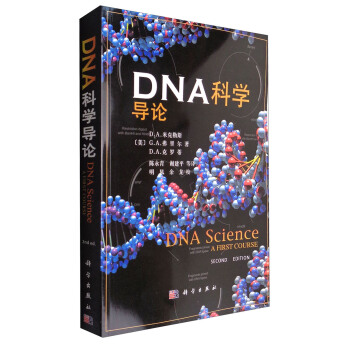
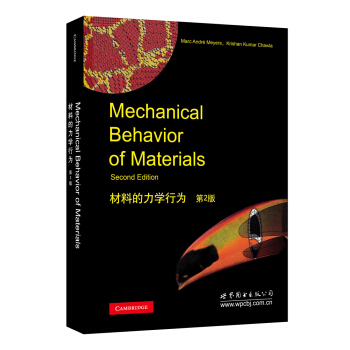
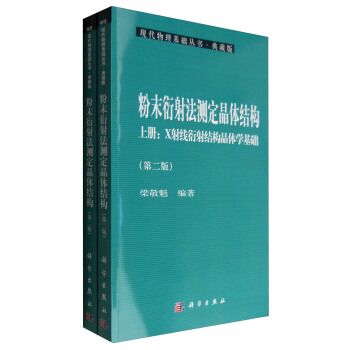
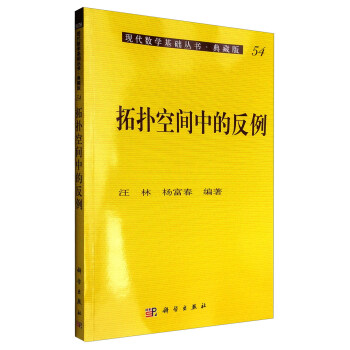
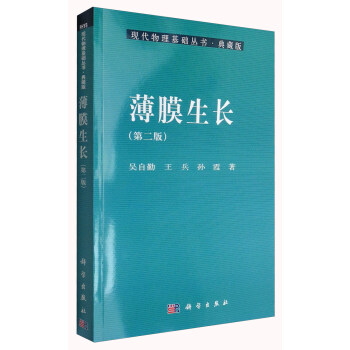
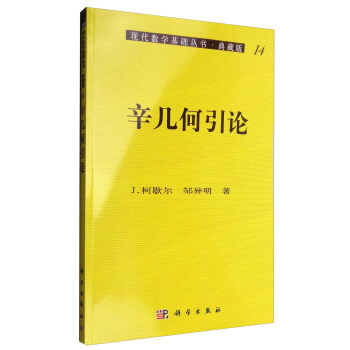
![天氣學分析(第3版)/普通高等教育“十一五”國傢級規劃教材 [Synoptic Analysis] pdf epub mobi 電子書 下載](https://pic.tinynews.org/12053412/580de340N0b1e6a56.jpg)
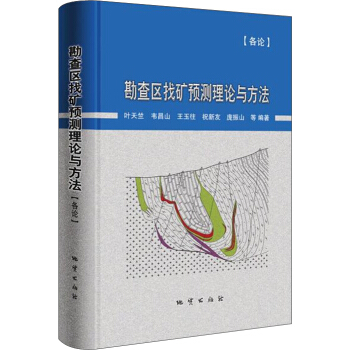

![應用光學與光學設計基礎(第3版)/江蘇省“十二五”規劃教材 [Applied Optics and Elements of Optical Design] pdf epub mobi 電子書 下載](https://pic.tinynews.org/12059853/5a8e56d7N8eb3d6de.jpg)

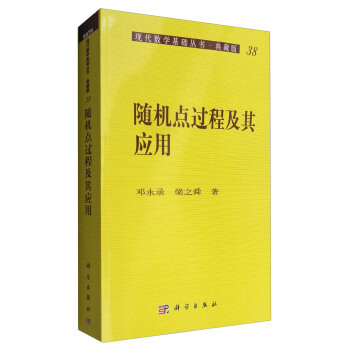
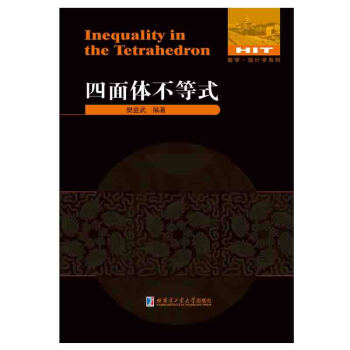



![大氣環流動力學 [Atmospheric General Circulation Dynamics] pdf epub mobi 電子書 下載](https://pic.tinynews.org/12085944/5850e431N6467158f.jpg)

